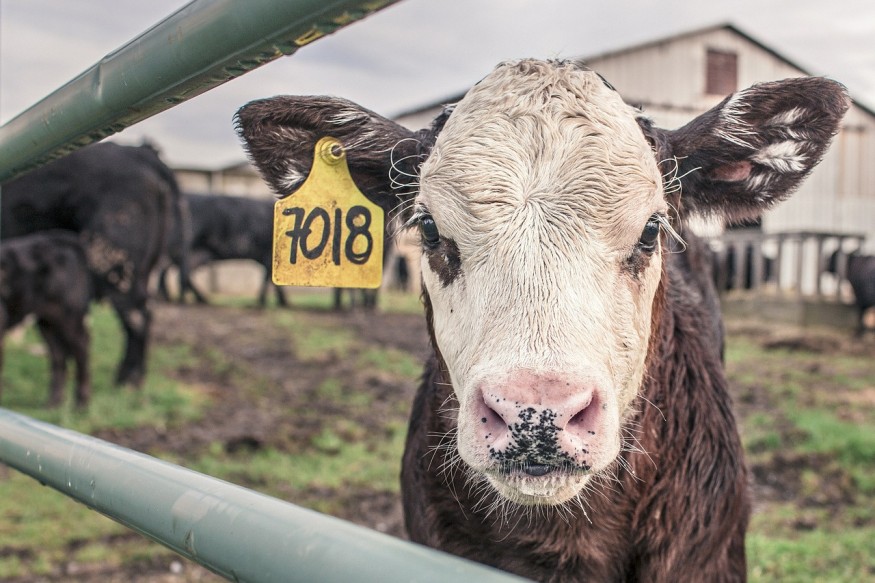The Montana Department of Livestock announced on Friday, October 8, that a rarely seen cattle disease is detected in a Montana cow at a Minnesota packing plant.
News outlet KPVI reported that officials announced an epidemiological investigation underway in Montana's Hi-line to determine if other herds also contacted the bacteria or whether they were also involved in the disease introduction.

Rare Bovine Tuberculosis Confirmed in Montana
The beef cattle herd where it came from is now being tested and quarantined to control the spread of bovine tuberculosis, a disease infectious to wildlife and humans.
According to a report by AG Week,meat inspectors identified the infected cow during a routine inspection at a Minnesota plant. They linked the infected cow to a Blaine County beef herd, and subsequent testing revealed more tuberculosis-infected animals. The Montana Department of Livestock said that the animals are now under quarantine.
They have yet to pinpoint the source of the bacteria found in the beef cattle herd in the state. Montana has had a history of bovine tuberculosis in the 1990s. However, state veterinarian Dr. Marty Zaluski said that it had been too long since they had recorded a bovine tuberculosis case. His best estimate was the cases in 1960s.
"We are working closely with the herd owner, United States Department of Agriculture, tribal, and wildlife officials on next steps," Zaluski said in a news release of the Montana government. "The purpose of the investigation is to determine if other herds or wildlife are involved, and if possible, to determine the source of disease introduction."
Another option to contain the bacteria is through whole herd depopulation or extending quarantine while the herd is being tested. The federal government will reimburse the herds subject to whole herd depopulation based upon the assessed animals' value. Those who tested negative will be sent to slaughter to salvage the meat of the animals.
Read also: Monkeypox Virus: Viral Zoonotic Disease Found in the UK, What is This, How is it Transmitted?
What is Bovine Tuberculosis?
According to OIE, a world organization for animal health, bovine tuberculosis is a bacterial disease caused by members of the Mycobacterium tuberculosis complex, especially the Mycobacterium bovis.
The M. bovis bacterium is a zoonotic disease that mainly affects cattle but also causes tuberculosis in humans. More so, this bacteria can infect other domesticated animals, like goats, dogs, cats, and sheep. But it can also infect wildlife species, such as antelopes, deer, and wild boars.
Bovine tuberculosis remains a serious health problem among animals and humans in many developing countries. Complete elimination of the disease is challenging due to the persistent infection of wild animals in the United Kingdom and the United States.
According to CDC, M. bovis transmission from cattle to people was common in the US, but it has been reduced because of decades of disease control in cattle and the pasteurization of milk.
People can get infected with bovine tuberculosis by eating or drinking contaminated and unpasteurized dairy products. More so, the infection can happen when the bacteria have directly contacted with a wound, which usually happens during slaughter and hunting.
RELATED ARTICLE: 20,000 Undiscovered Links Between Zoonotic Diseases and Humans Predicted by AI
Check out more news and information on Zoonotic Disease in Science Times.










